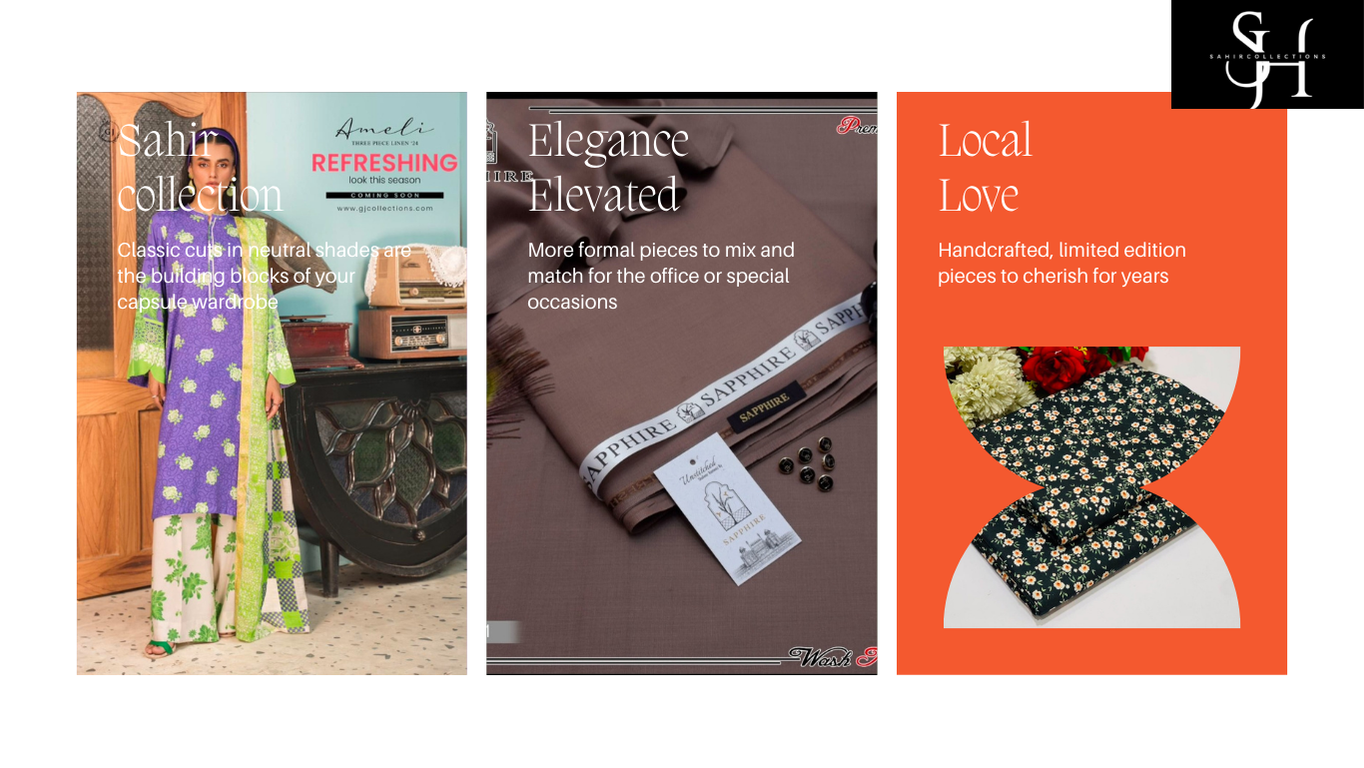Understanding Stitch and Unstitched Clothing
When exploring women’s clothing, particularly in regions with rich textile traditions, it is vital to understand the distinction between stitched and unstitched garments. Stitched clothing refers to garments that are pre-sewn and ready to wear, such as salwar kameez, lehengas, and sarees. These items are designed to offer immediate convenience, with tailored fits and intricate designs that reflect the wearer’s style and cultural heritage. In contrast, unstitched clothing consists of fabric pieces that require stitching before they can be worn. These fabric sets allow for high customization, enabling wearers to tailor garments according to personal preferences and specific measurements.
The history and cultural significance of both stitched and unstitched clothing are deeply rooted in various traditions. For instance, in South Asia, the saree—a long piece of unstitched fabric draped elegantly over the body—has been worn for centuries and remains a symbol of cultural identity. Similarly, the salwar kameez, a stitched outfit comprising a tunic and trousers, has evolved over time to become a staple in women’s wardrobes, blending traditional aesthetics with modern comfort.
One of the primary advantages of stitched clothing is its convenience. These garments are ready to wear, saving time and effort. They are often designed with intricate embroidery, beadwork, and embellishments that are challenging to achieve with unstitched fabrics. However, the downside is that stitched garments may not always provide the perfect fit, and alterations can be costly and time-consuming.
On the other hand, unstitched clothing offers unparalleled customization. Women can select the fabric, design, and style that best suit their needs, ensuring a perfect fit and unique look. This flexibility is particularly beneficial for special occasions, where bespoke garments can make a significant impact. However, the process of stitching unstitched fabric can be time-consuming and may require skilled tailoring to achieve the desired result.
In conclusion, both stitched and unstitched clothing have their unique advantages and disadvantages. Stitched garments offer convenience and ready-to-wear options, while unstitched fabrics provide customization and a perfect fit. Understanding these differences can help women make informed choices about their wardrobe, balancing the need for convenience with the desire for personalized style.
Choosing the Right Collection for You
When deciding between stitched and unstitched collections, several factors come into play, including body type, personal style, occasion, and budget. Understanding these elements can help you make an informed choice tailored to your specific needs.
First, consider your body type. Stitched garments offer the convenience of ready-to-wear options that cater to standard sizes, making them ideal for those who find a good fit in off-the-rack clothing. For individuals with unique measurements or preferences, unstitched fabrics provide the flexibility to create custom-fit outfits. To measure yourself accurately for unstitched fabrics, use a tape measure to record key dimensions such as bust, waist, hips, and length. This ensures a perfect fit when you take the fabric to a tailor.
Personal style also plays a significant role. Stitched collections often reflect current fashion trends and are available in various designs, making them a quick and easy choice for those who prefer contemporary styles. On the other hand, unstitched fabrics allow you to experiment with different patterns, cuts, and embellishments, offering a personalized touch to your wardrobe. Current fashion trends in both categories include vibrant prints, pastel shades, and intricate embroidery, which can be incorporated into your outfits to stay stylish.
The occasion is another crucial factor. For everyday wear or casual events, stitched garments provide convenience and ease, while unstitched fabrics are perfect for special occasions such as weddings or formal gatherings, where bespoke attire can make a lasting impression. Budget considerations are equally important; stitched garments might be more cost-effective for those looking for ready-to-wear options, whereas unstitched fabrics can be more economical for individuals who prefer customized clothing.
Fabric quality, color choices, and embellishments significantly impact your decision. High-quality fabrics ensure durability and comfort, while the right color and embellishments can enhance your overall appearance. Testimonials from fashion experts often highlight the importance of these factors in making a choice. For instance, renowned designer Jane Doe emphasizes, “Choosing the right fabric and color can elevate a simple design into a statement piece.”
Incorporating these considerations will help you navigate the world of women’s clothing, ensuring you choose the right collection that aligns with your preferences and needs.
